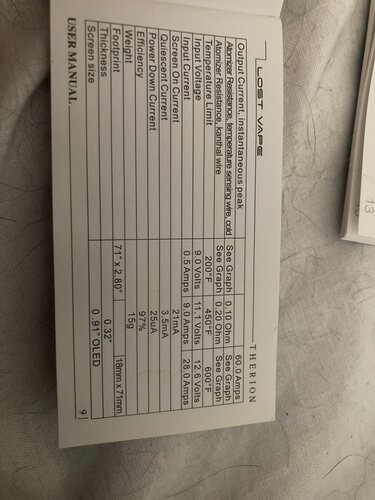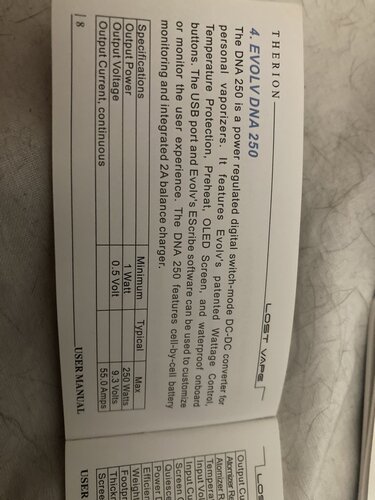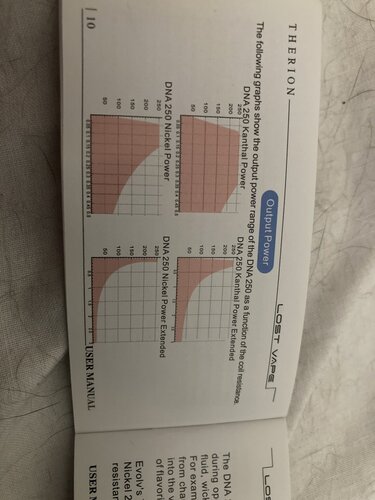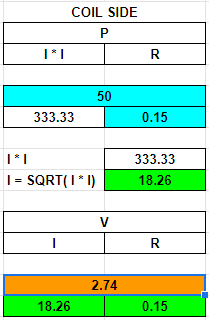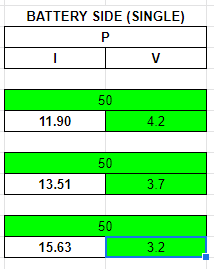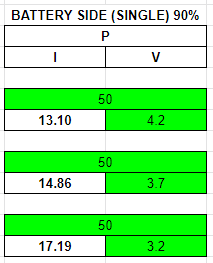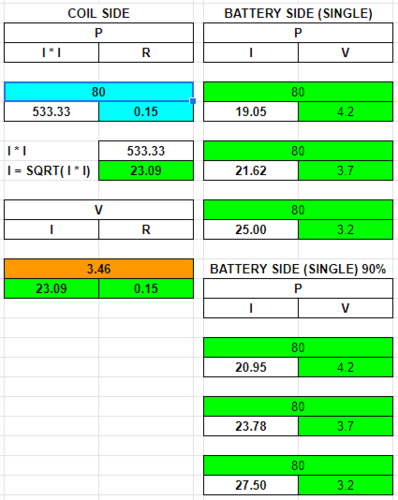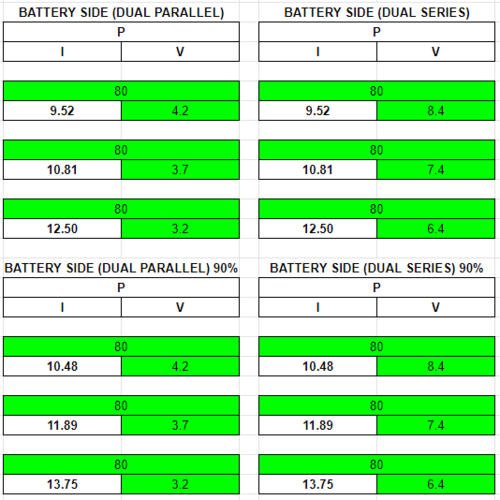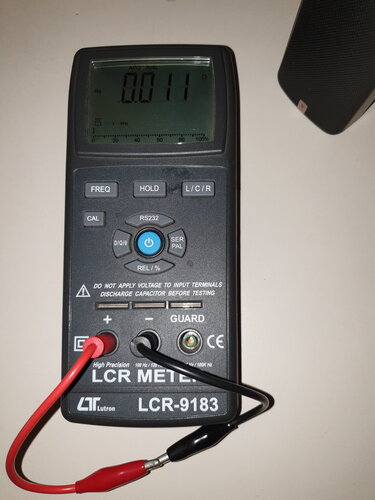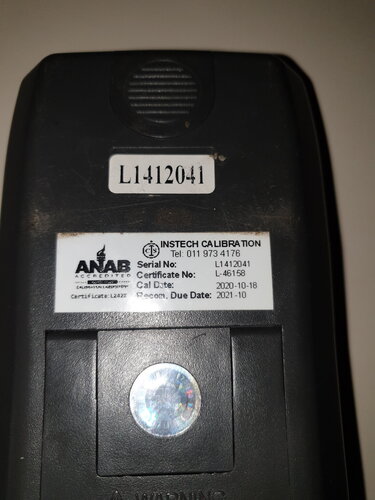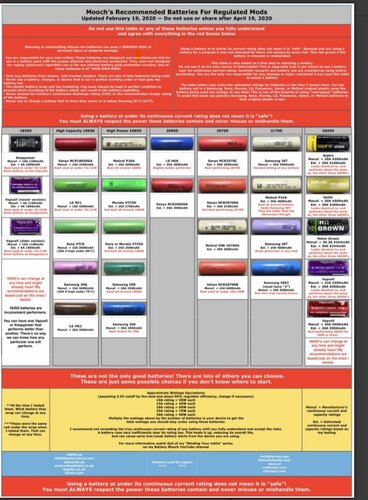V
Viper_SA
Guest
Wasn't sure where to put this, as it's not really about batteries alone, so I hope this will be okay.
Yesterday I noticed something for the first time while playing with my new vaping app on my phone. I own three Drag X mods, and the best flavor I get on the by far are from the VM6 0.15 Ohm coils. I used to run these at 35W, but recently upped it to 50W. The recommended wattage for these coils are 60-80W.... Now I run these mods on Samsung 25R's, which has an Amp rating of 20A. I noticed the following on 50W on the calculator
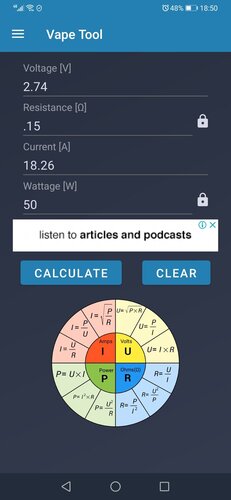
Just over 18 amps! WTF?! That is higher than the recommended 10% gap to leave on the battery rating.
Then I calculated what it would be at recommended wattage
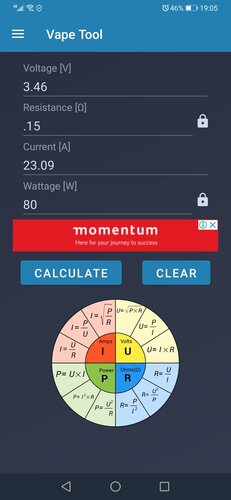
Is there something I'm missing here because these are regulated mods? Seems very irresponsible and unsafe to me to sell these pods kits to noobs who would never check this. Thank goodness after I mucked about with the firmware the coils don't adjust to the recommended wattage every time it is removed and put back on. I immediately dialed down to 40W from 50W to get closer to 17 amps to leave the 10% safety margin.
Anyone have any thoughts on this?
Yesterday I noticed something for the first time while playing with my new vaping app on my phone. I own three Drag X mods, and the best flavor I get on the by far are from the VM6 0.15 Ohm coils. I used to run these at 35W, but recently upped it to 50W. The recommended wattage for these coils are 60-80W.... Now I run these mods on Samsung 25R's, which has an Amp rating of 20A. I noticed the following on 50W on the calculator

Just over 18 amps! WTF?! That is higher than the recommended 10% gap to leave on the battery rating.
Then I calculated what it would be at recommended wattage

Is there something I'm missing here because these are regulated mods? Seems very irresponsible and unsafe to me to sell these pods kits to noobs who would never check this. Thank goodness after I mucked about with the firmware the coils don't adjust to the recommended wattage every time it is removed and put back on. I immediately dialed down to 40W from 50W to get closer to 17 amps to leave the 10% safety margin.
Anyone have any thoughts on this?



